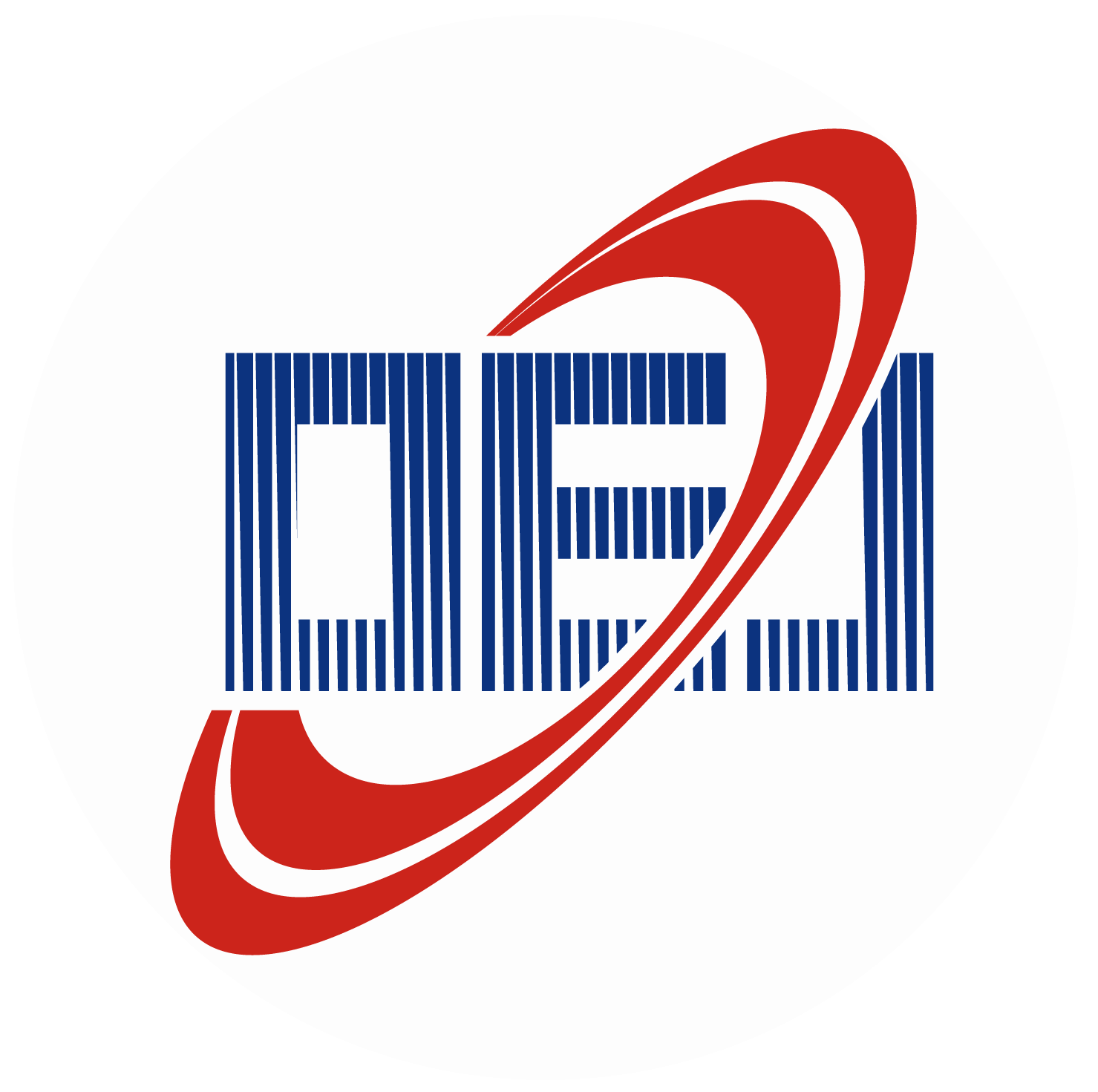Abstract:
Tracer-based planar laser-induced fluorescence technology, which integrates molecular/atomic tracer methods with planar laser-induced fluorescence techniques, enables the acquisition of flow field information, including fuel distribution, mixing uniformity, component concentration, and local equivalence ratio. Characterized by its non-intrusive nature, high spatiotemporal resolution, real-time in situ measurement capability, quantitative capability, and superior sensitivity, this technique is particularly applicable to research on fuel mixing processes in engine systems. The paper not only summarizes the principles and measurement methods of tracer plane laser-induced fluorescence technology, but also discusses its applications in different engine measurements. Finally, this paper systematically evaluates the technique's advantages and current limitations, while proposing potential advancements for its application in future research.


 E-mail Alert
E-mail Alert RSS
RSS


